
Swanson Business Race
27/05/2025
Running can be fun. Doing it with your team turns into a memorable adventure.
We are proud to share that our mixed team, 3M/1K won an impressive 15th place out of 115 teams in the Swanson Business Race, Bieg Szatfet Firmowych. It was our first company relay race, and already such a great result!
🏃♀️Great job, everyone! 👏
Congrats to all the runners for their fighting spirit, teamwork, and great atmosphere.
See you next year.



czytaj dalej

Happy Easter Time
17/04/2025
Happy Easter from GRYFTEC Embedded Systems team!
May this season bring you joy, quality time with your close ones, and space to reflect and appreciate the little things.
Enjoy the Easter holidays!


Job Fairs 2025
14/04/2025
Job fairs are a perfect example of how valuable direct contact can be, because no online job posting can replace a real conversation with people who know their company and industry.
Last week, we had the opportunity to participate in job fairs organized by the West Pomeranian University of Technology in Szczecin and the University of Technology in Koszalin. Two days filled with conversations with IT students.
Internship opportunities, the latest projects, tech stack, and team atmosphere were among the most frequently discussed topics.
We hope we answered them all and that our paths cross again soon.
Thank you for visiting our stand. We’re grateful for every meeting and conversation we had.
🚀 See you at the next job fair.

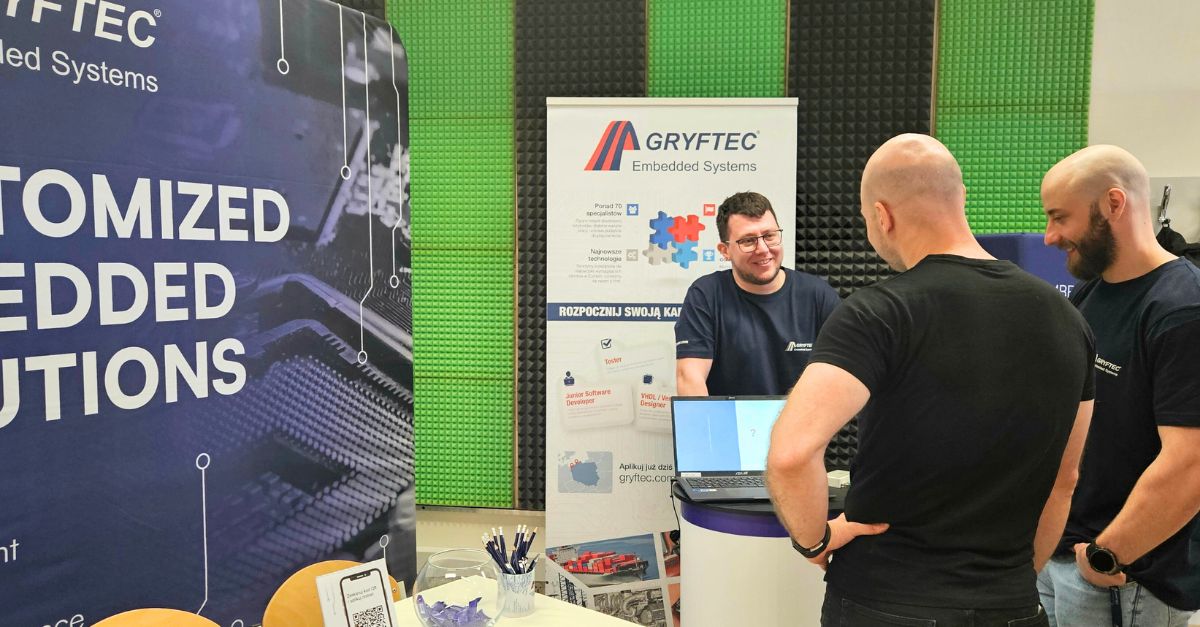
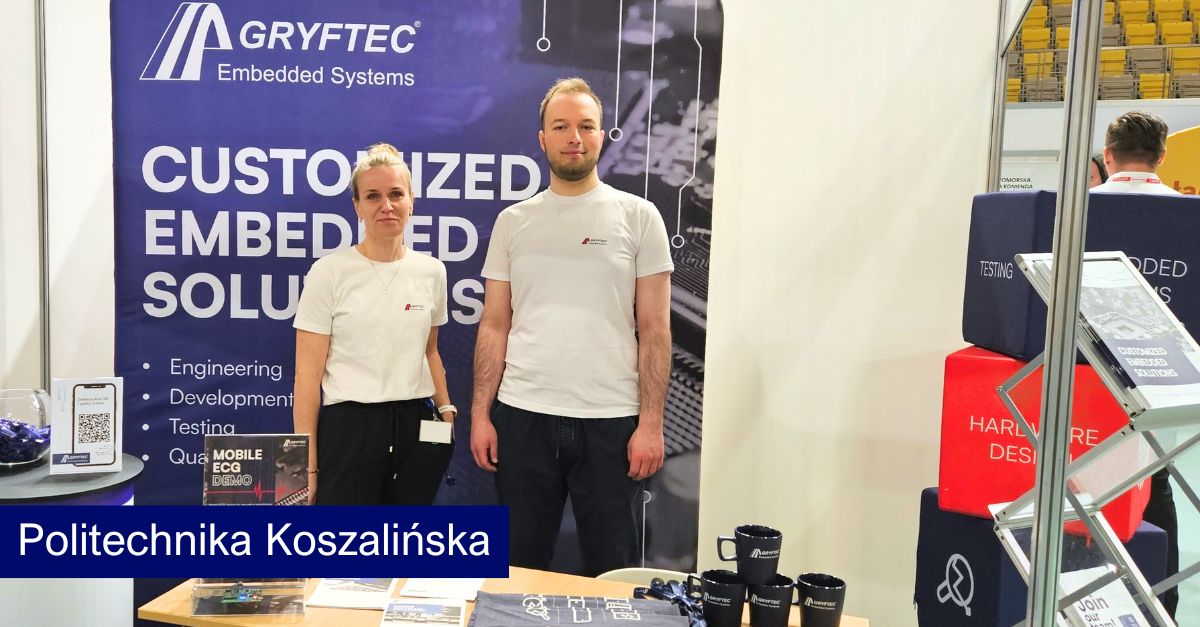
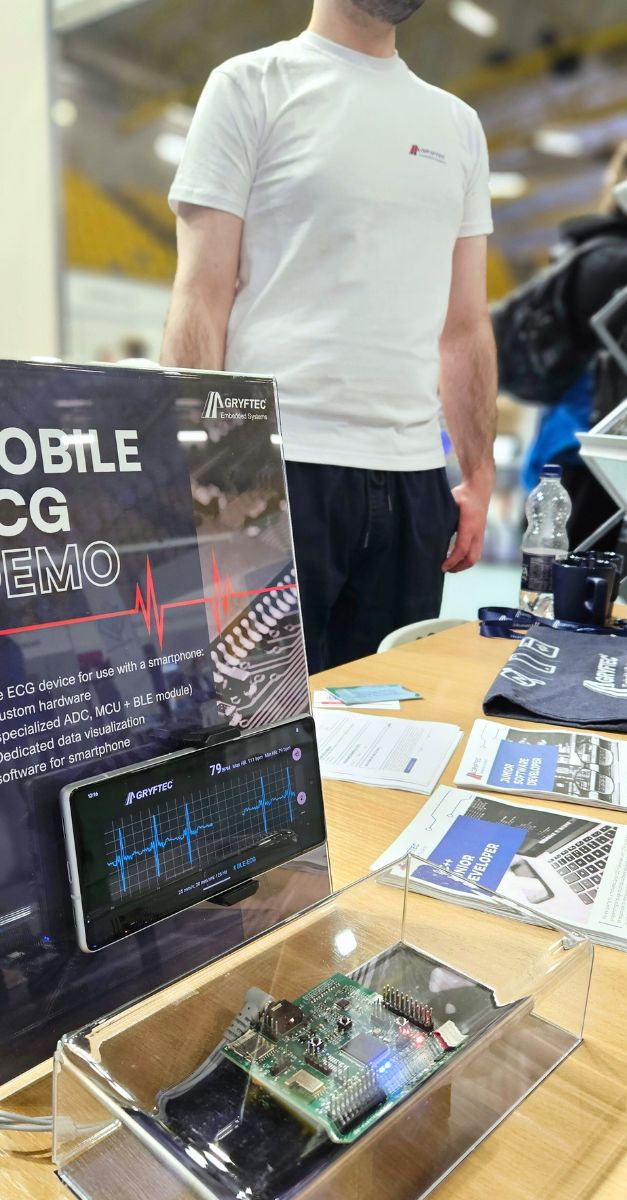

czytaj dalej

22nd Central Pomeranian Job Fair at the Koszalin University of Technology
04/04/2025
Why are meetings with students essential for business?
Last week, our CEO, Jerzy Piecikowski, led a session at the Koszalin University of Technology, where we had the opportunity to speak with students. We discussed the current market trends and industry expectations, shared insights into ongoing projects, and explored how we can support young talents in entering the market.
A big thank you to the Koszalin University of Technology for hosting us, providing a welcoming environment, and the valuable feedback we received from the students.
Your curiosity was truly inspiring!
We’re excited to continue that dialog at next week’s 22nd Central Pomeranian Job Fair.
It’s your chance to meet us in person and talk about your career development options and how academic knowledge can be applied to practical projects.
These interactions always go beyond recruitment. It’s all about filling the gap between education and the real world, shaping valuable relationships, and learning from your perspectives!
Set your career on the right path. .


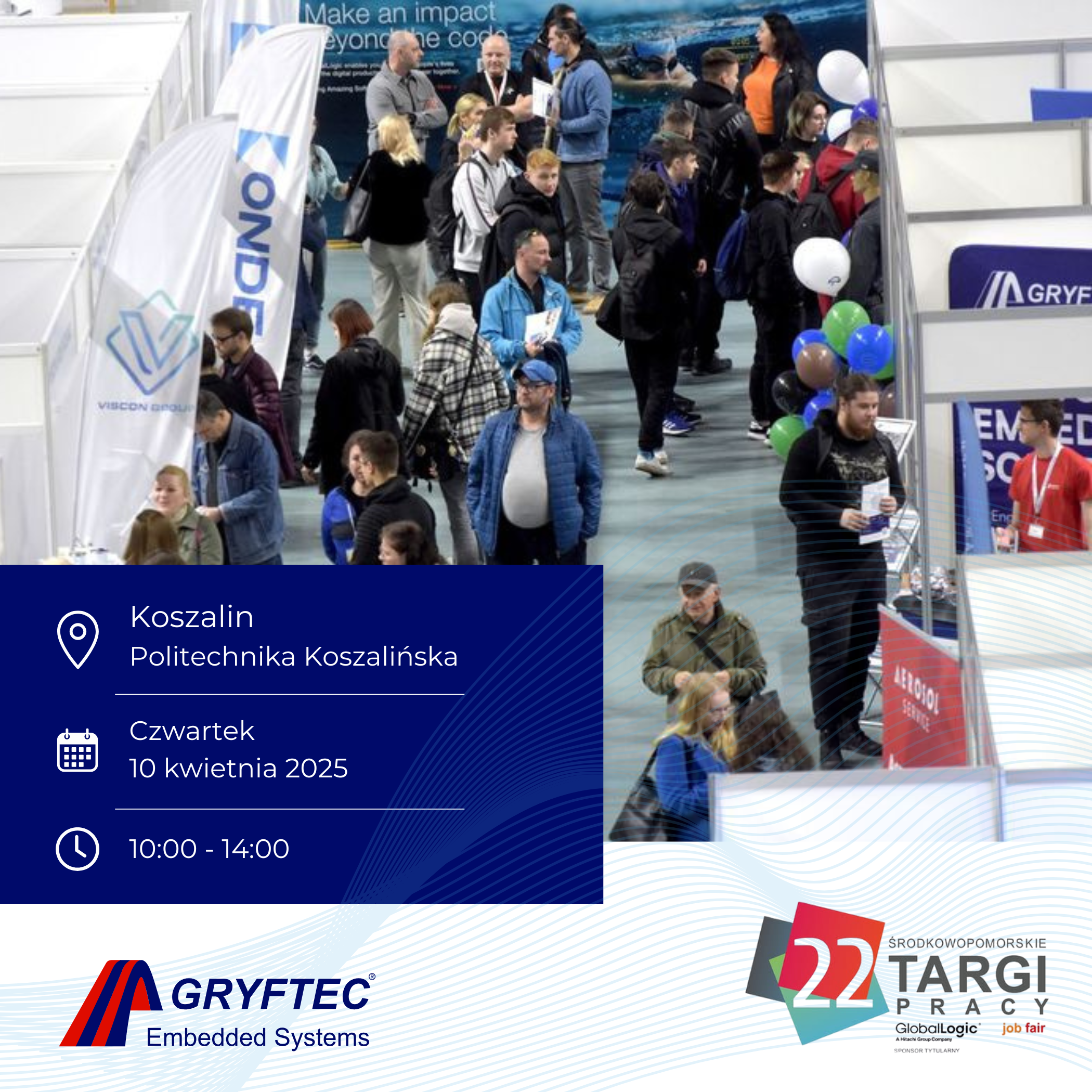
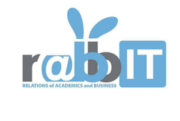
R@bbIT career fair 2025
25/03/2025
IT students – it’s time to connect!
If tech is your passion and future, you can’t miss this!
Join us at the 10th edition of the r@bbIT career fair at West Pomeranian University – an event where science meets business. Get first-hand information about our company, current job openings, internship programs, and ongoing projects.
🔹𝐂𝐨𝐧𝐧𝐞𝐜𝐭 𝐰𝐢𝐭𝐡 𝐇𝐑 𝐬𝐩𝐞𝐜𝐢𝐚𝐥𝐢𝐬𝐭𝐬 – job and internship opportunities await!
🔹𝐆𝐞𝐭 𝐢𝐧𝐬𝐩𝐢𝐫𝐞𝐝 𝐛𝐲 𝐨𝐮𝐫 𝐞𝐧𝐠𝐢𝐧𝐞𝐞𝐫𝐬, who will answer your questions and share insights into their ongoing projects.
🔹𝐄𝐱𝐩𝐥𝐨𝐫𝐞 𝐭𝐞𝐜𝐡 𝐢𝐧𝐬𝐢𝐠𝐡𝐭𝐬!
Join us, and let’s explore the possibilities together. Follow us for more career tips.
Interested?
Mark your calendars.
📆 April 9,10:00-14:00
📍Faculty of Computer Science and Information Technology of West Pomeranian University of Technology in Szczecin, ul. Żołnierska 52
For more information, visit: https://rabbit.zut.edu.pl/
See you there! 💡


















